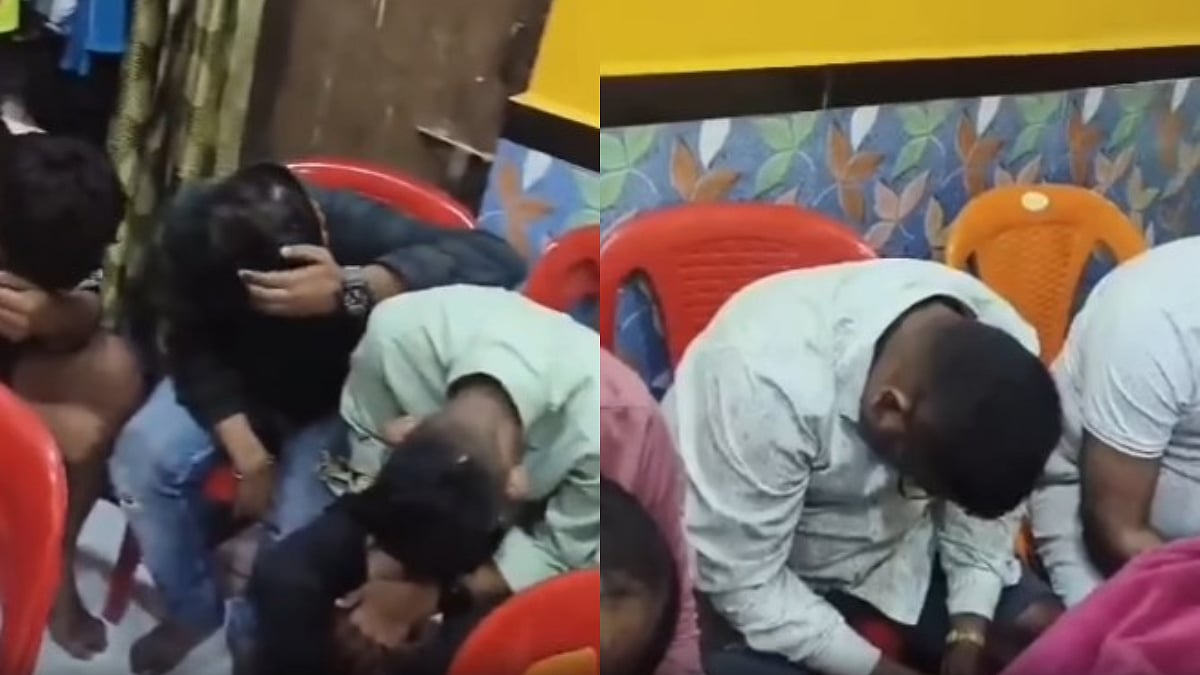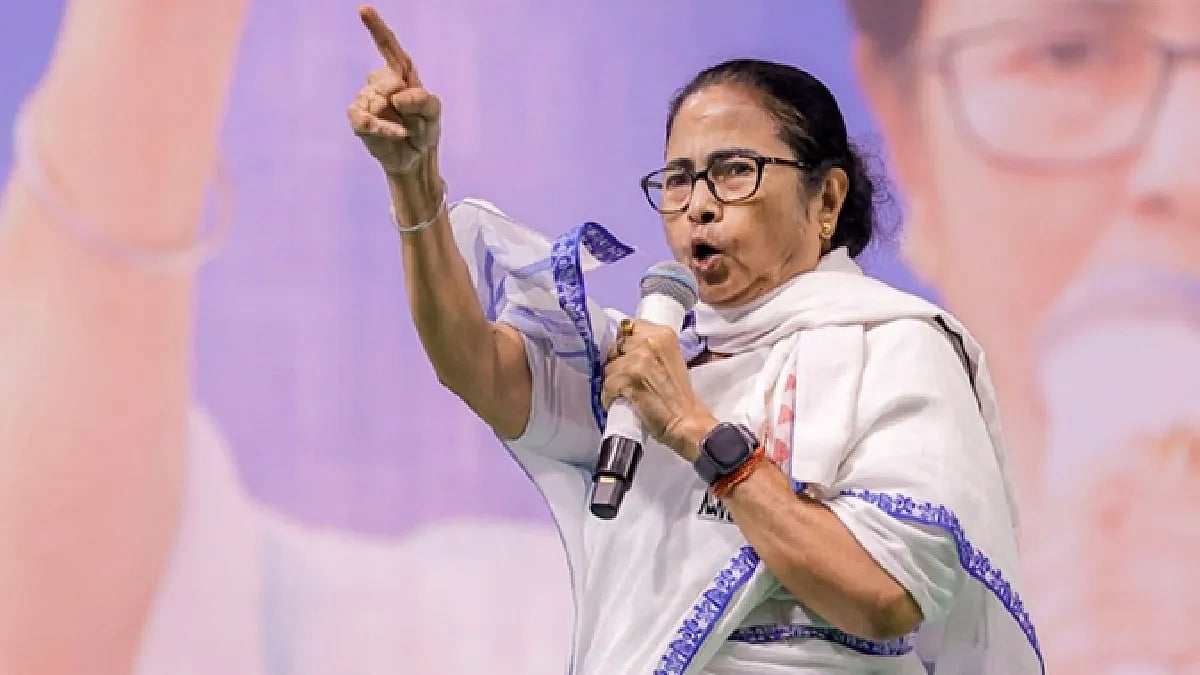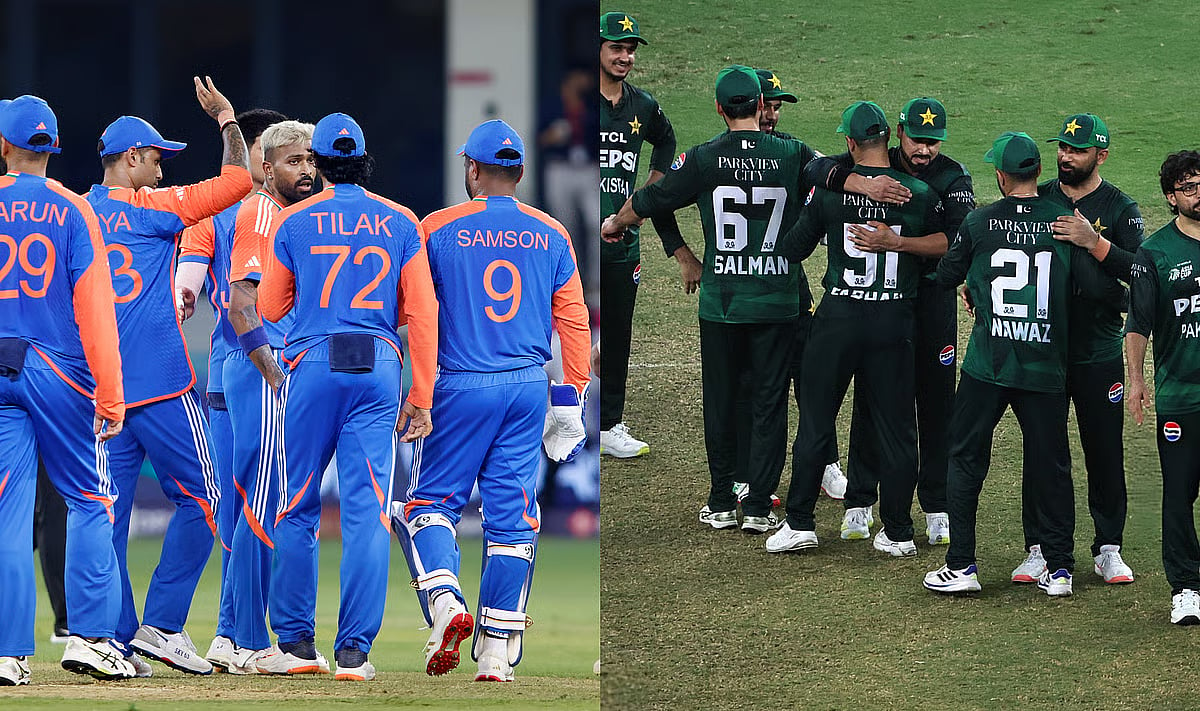Opinions on the Supreme Court's Ayodhya judgment are as diverse as the parties involved, but the one thing they can all agree on is that the matter has been resolved peacefully. Constitutional niceties were observed and the verdict was received with an equanimity that would have surprised the late Ashok Singhal, architect of the Ram Janmabhoomi movement.
Given the sporadic violence that had marked the movement, the composure displayed by all the parties involved merits appreciation. Public mobilisation on the Ram Janmabhoomi issue began in the 1980s and 90s, with the Singhal-led Vishva Hindu Parishad (VHP) at the vanguard. That it played a major role in right-wing assertion and the rise of the BJP is generally accepted. L K Advani's Rath Yatra of 1990 was a seminal event for the BJP, inexorably setting it on the path to political ascendancy.
Muscular Hindutva reached an apogee in Gujarat with the 2002 riots, sparked by the assault on kar sevaks returning from Ayodhya in Godhra, and Narendra Modi willy nilly became its icon. Ironically, it was Modi who eventually marginalised the Ram Mandir issue in his political campaigns of 2014 and 2019. While the Ram Mandir did not have pride of place, it did figure in the BJP's election manifestos, albeit with the caveat that “all possibilities within framework of Constitution” would be explored to realise the Ram Temple.
Back when the movement began, the RSS-VHP were not looking for a judicial resolution to a property dispute. They were open to a negotiated settlement, or a legislative one. Later, after the 2002 face-off between the VHP and Atal Bihari Vajpayee's government, the stance was modified and it was agreed that they would abide by the apex court's verdict. The tension between Vajpayee and the VHP continued, because the latter was impatient of judicial waffling and wanted a law enabling a Ram Temple.
A year ago, it almost looked as if history might repeat itself. After the apex court had postponed the Ayodhya hearings, the VHP contemplated large-scale public mobilisation (as it had done before the demolition of the Babri Masjid). To that end, it organised a big rally in Delhi, which was to be the first of many. In October 2018, Bhagwat himself proposed that the government pass a law to enable the construction of a Ram Temple at Ayodhya. Attempts to delay the Ayodhya hearings, he said, were beginning “to test the patience of society”. Until that point, he had consistently advocated a judicial resolution to the dispute.
Better sense prevailed and the RSS-VHP decided to await the apex court's verdict. After all, the legislative option could be explored at a later date. That decision was vindicated on November 9, when the five-judge bench of the Supreme Court cleared the way for the construction of a Ram Temple on the disputed site.
The RSS-VHP took a level-headed approach and adopted a strategy of “sanyam” (restraint). First discussed in September at the Sangh's Pushkar meeting and reiterated in October in Delhi, it ensured that the cadres kept their cool. The RSS cancelled a meeting planned for the first week of November in Haridwar and cleared its calendar for the rest of the month, in anticipation of the verdict. The fewer events held, the easier it would be to muzzle hotheads.
RSS sarsanghchalak Mohan Rao Bhagwat repeatedly emphasized that the verdict should be received with grace and not touted as an “in-your-face” victory. Given the political and emotional importance of the Ram Temple in the sangh parivar's scheme of things, the low-key response is commendable. At a time when polarising videos are doing the rounds on social media, keeping radical elements in check is difficult, albeit necessary.
The credit goes to the maturity of the leadership on both sides. Aware that the world was watching, they studiously avoided escalation of tensions and took nuanced positions. The VHP-RSS eschewed any hint of triumphalism and the Muslim litigants likewise did not take a posture of victimisation/confrontation. For its part, the Opposition welcomed the resolution of the dispute, without seeking to politicise it.
On Tuesday, the VHP declared that its annual December 6 event, which celebrates the demolition of the Babri Masjid in 1992, would be a closed-door affair this year. Any over-the-top event might lead to outbreaks of violence that could only invite global censure. In the wake of the judgement, both Prime Minister Modi and Bhagwat made it a point to deliver emollient public messages.
This coolheadedness can be seen in the context of the conscious attempts at global outreach by the RSS in the last 18 months. It has diluted its stance to the point of expurgating controversial passages from Golwalkar's 'Bunch of Thoughts'. It has also clarified that the Shahi Eidgah in Mathura and the Gyanvapi mosque in Varanasi are off the table, as of now.
The Ram Janmabhoomi movement has ended, on a note of quiet satisfaction. It's time to move on.
The writer is a senior journalist with 35 years of experience in working with major newspapers and magazines.
She is now an independent writer and author.












